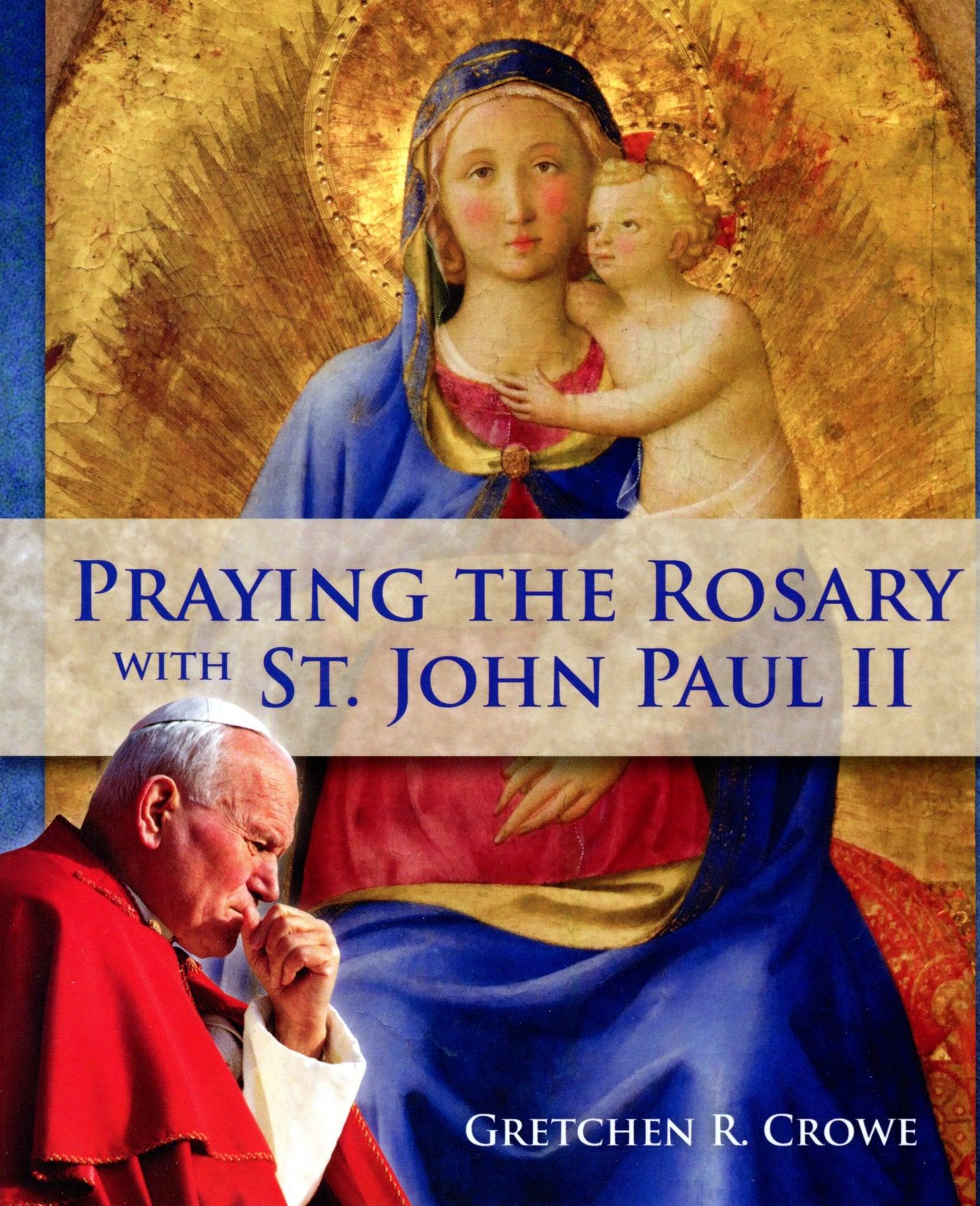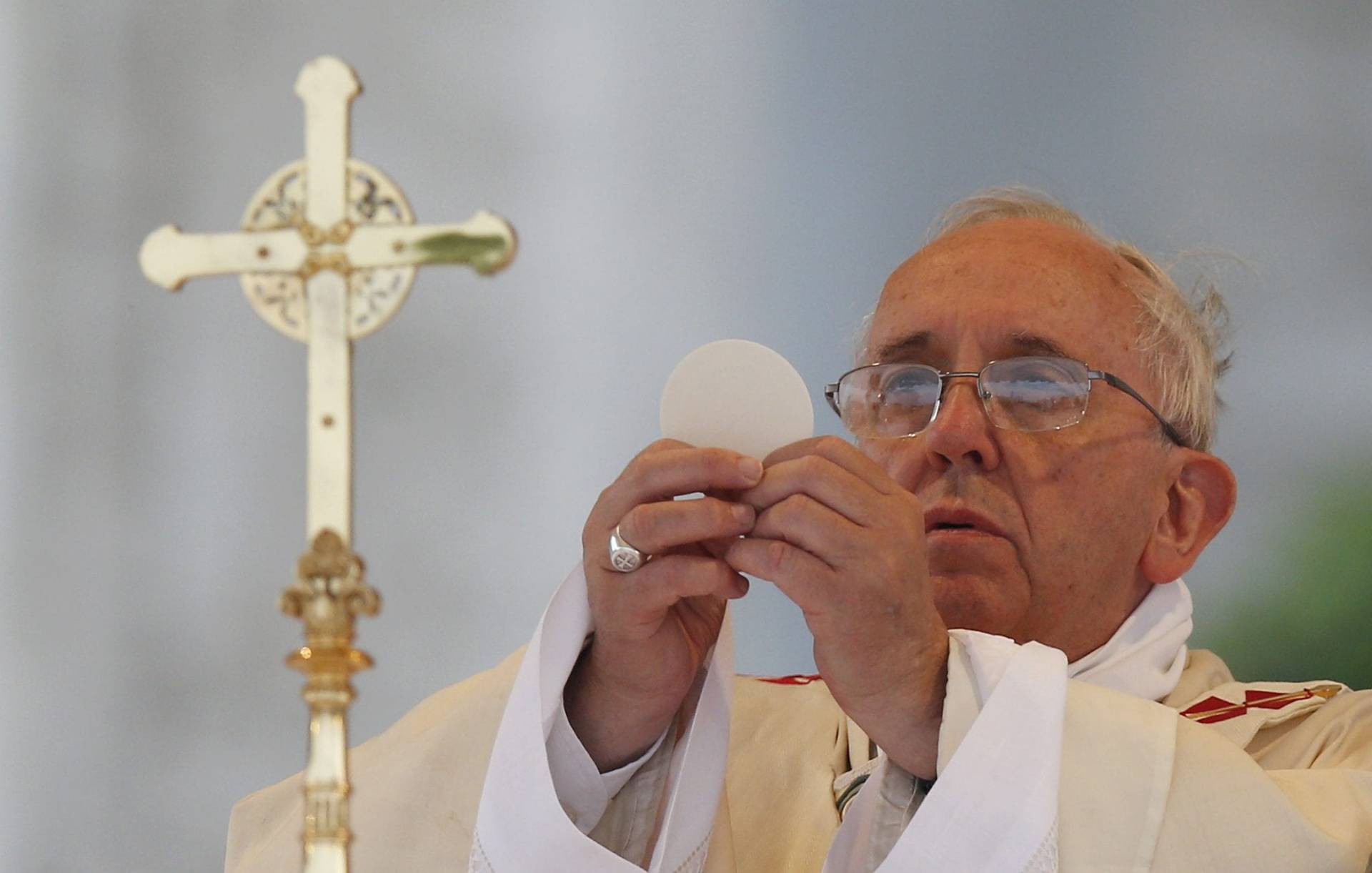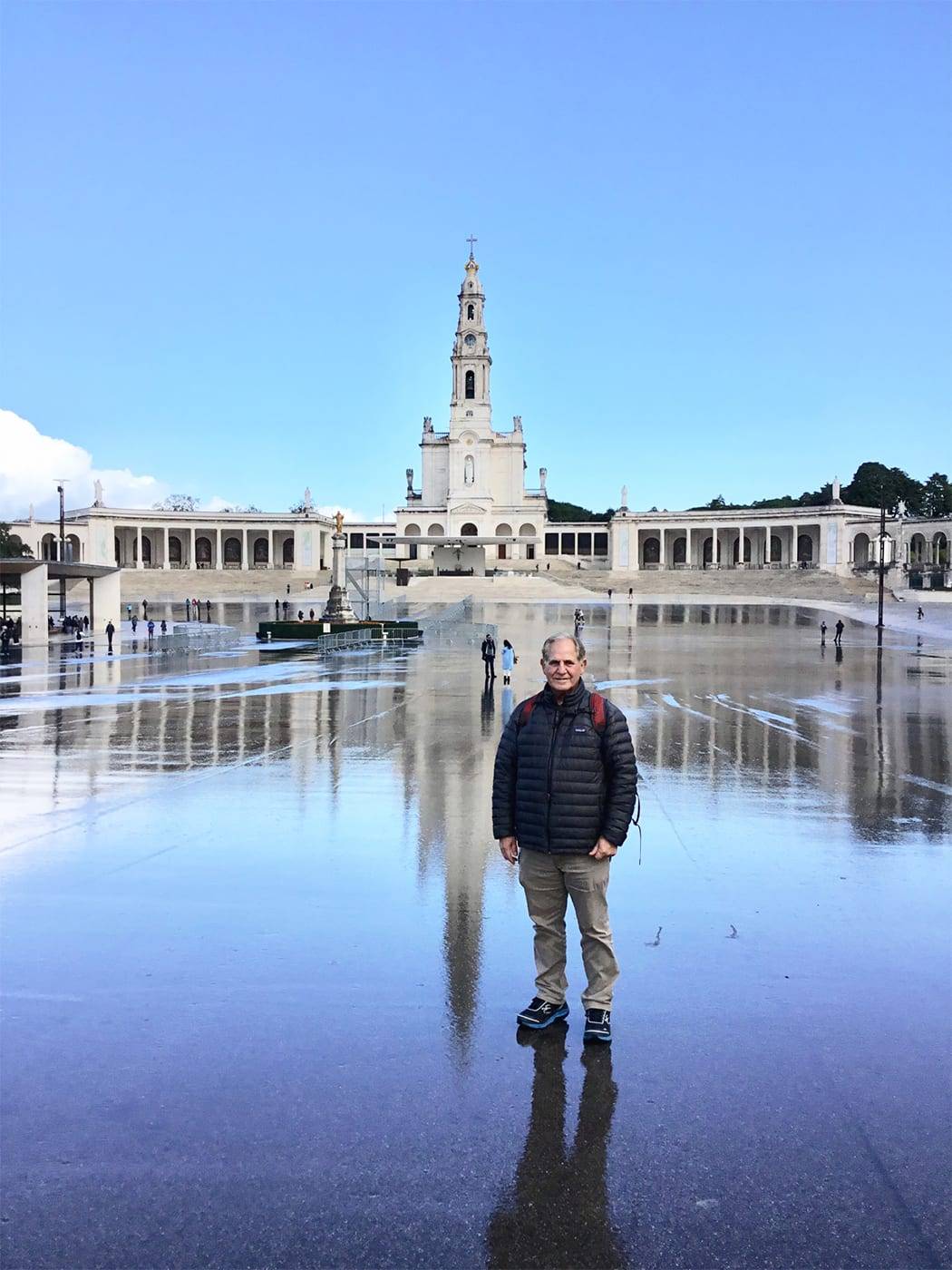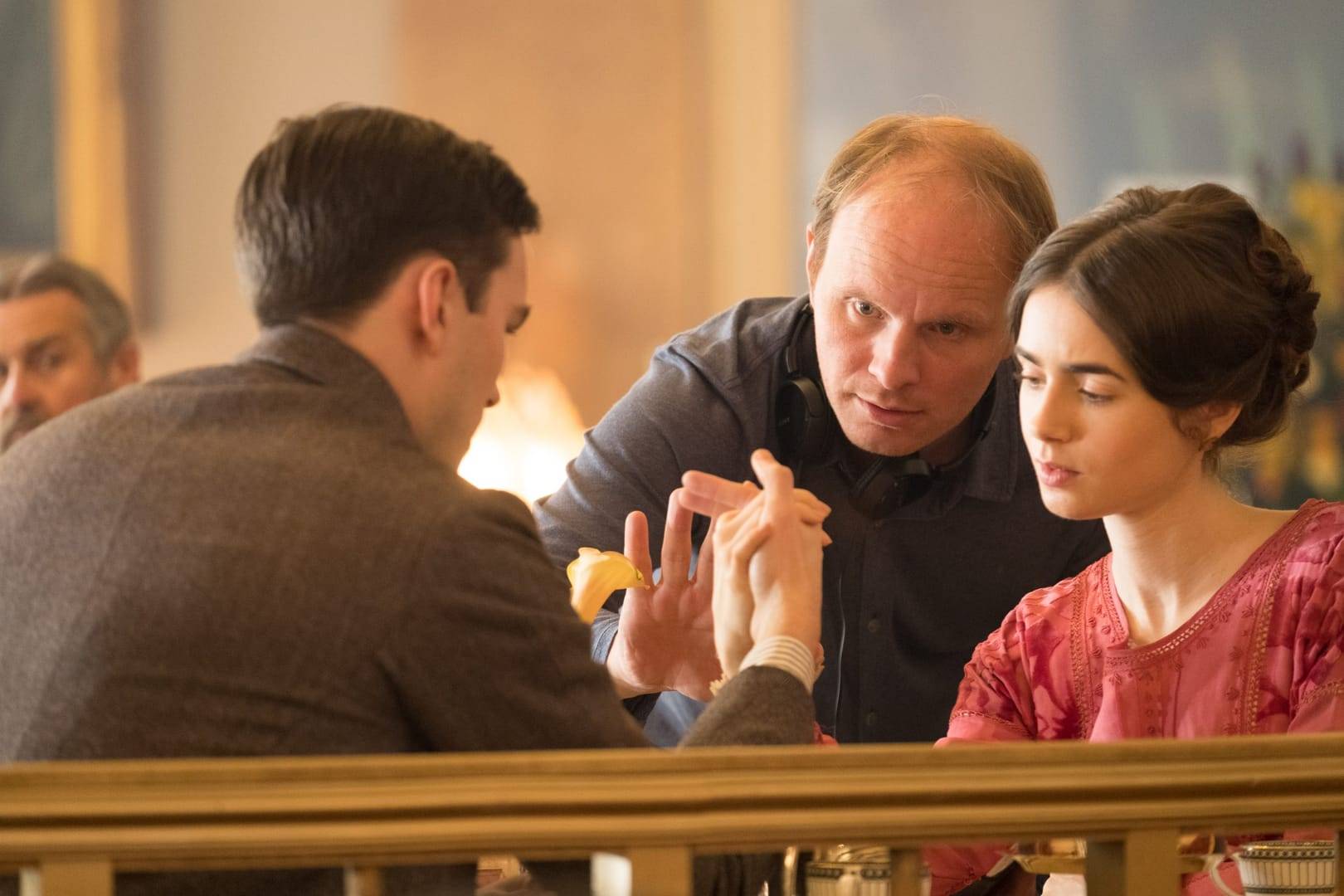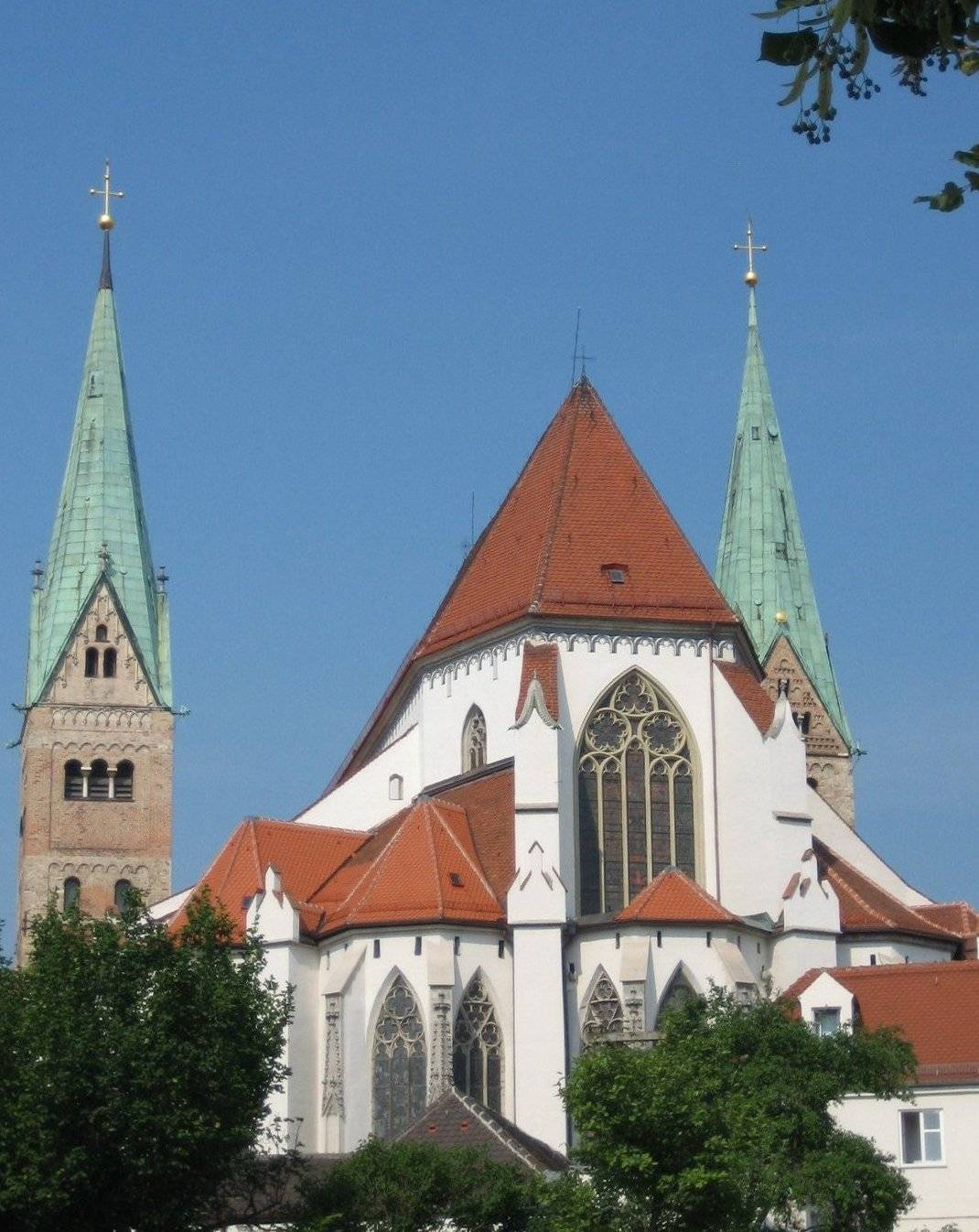Many years ago, a Unitarian minister friend gave me a laminated holy card. It was an Orthodox icon, he explained. I looked down at the image of a woman dressed in rags, her hand out begging for the alms that would feed her that night.
“Her name is St. Xenia,” he told me. “One of the holiest of the Russian saints. She reminded me of you.”
This would have been a curious gift, coming as it did from a man of Jewish ancestry whose own Unitarian church carried nary a morsel of Christian imagery, except for two things:
First, I had just spent nearly three years among homeless women.
Second, my friend had fallen in love with the prayer that is possible with icons.
Along with the Magi, the great cathedral of Hagia Sophia, and the tradition of the wandering holy ones, icons are the great gift of our Orthodox cousins. Praying with icons is a practice on the rise in the West, as Catholics and other Christians explore long-neglected means of whispering their longings to God.
Walk into the smallest ekklesia in Athens, as I did several years ago, and the Western eye is dazed by the iconostasis, a gilded wall of images arrayed in tiers from floor to ceiling, by rank of spiritual proximity to Christ. Multiple additional icons are mounted on stands like a visual “communion of saints.” At the doors of these shrines, old women with covered heads sit on rush chairs, saying their beads and feeding the pigeons.
It is easy to be a religious tourist, but take an icon into your private prayer corner and you will have an experience unlike any other — closest, perhaps, to the veneration of the Blessed Sacrament, or a novena to the Blessed Mother.
Last year, I was left an icon of the famous Rublev “Holy Trinity” by my mother-in-law, a Christian who struggled mightily in her faith. More recently, I learned that my friend Terry, who gave me the St. Xenia icon, is struggling with lung cancer. Icons were so precious to both of these unlikely pilgrims, that I felt drawn to go deeper into the mystery of icons myself.
The old factory town of Clinton, Massachusetts is an unlikely destination, but the Museum of Russian Icons there is home to the most extensive collection of Orthodox icons in the United States. The museum is remarkably busy for a bitter cold winter day. Housed in a handsome former mill building, it is the collection of one man, Gordon Lankton. Lankton happened upon his first icon at a flea market, on a business trip to Moscow in 1989. Intrigued and deeply moved, he bought it for $25. Today, the museum possesses 1,000 objects spanning six centuries, a library, and a website that supports a scholarly journal.
My friend Dennis Sardella, a retired chemistry professor, passionate Catholic, and docent at the museum, offered to show me around. We were joined by his wife, Marjorie, a Melkite Catholic who grew up surrounded by the spirituality of icons, keeps her own at home, and frequents Orthodox services in the area.
As we descend the subdued and exquisitely designed space, Dennis tells me that it receives 16,000 visitors a year in this, its eighth year of existence, from art historians and prayerful old women in wheelchairs, school groups and Orthodox priests.
We begin on the sub-floor of the three-floor space, before an image that is powerful, assertive, almost beseeching.
“Look at the eyes,” Dennis instructs. It is uncanny; the eye seem to follow me as I shift from foot to foot. The serene, dark-skinned face with its characteristically narrow nose, has a small mouth and disproportionally large ears.
“This is to remind us that we should use our ears more than our mouths,” Dennis explains.
And to use, above all, our eyes. Icons are sacred objects, “written,” not painted. The process of creating an icon is regarded every bit as sacred as is the completed object. It involves elaborate rituals of purification and prayer on the part of the iconographer. Iconographers humble themselves in meditation, self-abnegation, and prayer. Materials are prescribed (pigments can only be drawn from minerals, for instance). When, after many layers of egg tempura and gold leaf later, the icon is finished and consecrated, it is ready to become a vehicle, a gateway into communion with the divine presence.
The language of icons, the typologies and symbols, takes years of study. Haloes with wings, mandorlas, color symbolism, and geometric backgrounds carry layers of significance as rich and evocative as the strata of pigment and gold leaf that went into their creation, a powerful accretion of elements that the tradition evolved over time. Fealty to the original models, rather than our prized Western notions of originality, is the great virtue in the creation of an icon.
As we move from room to room of dazzling, stylized images of Jesus, the Mother of God, and the saints of the Orthodox (and in many cases, Western) canon, Dennis brings me back to the present.
“An icon is a portal,” he says. “You do not pray ‘to’ an icon. You pray ‘in the presence of’ one. The light of divine grace is said to come through the icon as it does through the stained glass windows of the West.”
We have arrived at the top floor, and approach the oldest icon in the museum. St. John the Baptist (circa 1450 CE) looks down from a warped wooden panel about four feet tall, the paint and his characteristic intensity still vivid, these 600 years later. It is impossible, standing before this image, to wander off. The eyes hold you. The presence of the figure, the witness of his life, enter the room with you. The quality of the holy conversation — even in a museum, on a Wednesday in midwinter — is concentrated, intensive, extraordinary.
As I view this astonishing work, I begin to see the icon as a profoundly apt parallel to the journey of prayer, indeed, to the spiritual journey itself. We approach the holy through layers of consciousness and self-knowing that, if we are as faithful and disciplined as the writers of these images, become ever more vivid with time. The gold that on first impression appears excessive becomes, as it is to the Orthodox initiate, the light of Christ.
A good source for those interested in pursuing icons and this prayer form further is Praying With Icons by Jim Forest. It is the book that Terry recommended to me more than a decade ago. There is one passage worth quoting, for it grounds the neophyte in the true context of Orthodox prayer: A priest once told a woman who was beginning to gather icons, “Do not go out and buy icons. Go downtown and look at Christ in the faces of the poor.” Icons are said to come to us, not us to them.
Days after I have driven home, I can still see the first icon Dennis showed us, the “image that no hand has made.” It meets me when my mind wanders at work, and greets me when I sit to pray. It seems to be saying, as perhaps it has for centuries, “Becoming a living icon. Become the light of the world.”
The Museum of Russian Icons is located at 203 Union St., Clinton, Massachusetts, 01510 (Tel. 978-598-50000). A special exhibit, “The Vibrant Art and Storied History of Ethiopian Icons,” 60 icons and artifacts from a private European collection, is on view through April 18.






